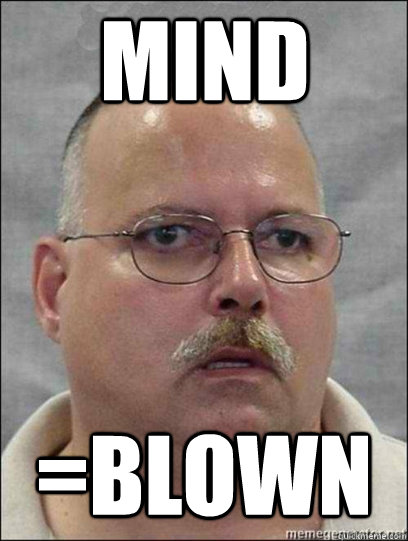Here is my first blog post (waaaaayyyyyyy back from 2011) about Flipped Learning:
I came home from that EARCOS conference and on Monday I was trying Flipped Learning in my classroom. Only, I had a very limited understanding of it. I didn't dive in past the amazing introduction our teachers gave us. Embarrassingly, my superficial understanding had me putting lectures online for students.
Lectures.
Me. Making video's of lectures. WHY? Why would I do that? I NEVER gave lectures! I hate giving lectures, and to top it all off, I'm TERRIBLE at giving lectures. I hope you can tell from my usage of all caps, that giving lectures has never, should never, and will never be a part of my toolbox of teaching strategies. I hate them. I hate listening to them and I hate giving them. Some people are so charismatic - and could lecture all day with people sitting on the edge of their seats. I am NOT one of those people. So it's easy to see how I got the Flipped Learning thing all wrong from the beginning.
But thankfully people, I'm here now. I'm learning. I'm not in the dark for much longer. I'm here with an incredible cohort of colleagues to learn from at EdTechTeamOnline.
I have already been so inspired in this course, mostly by Ramsey Musallam's Ted Talk on how to spark learning:
In this video he says many inspiring things. But my favorite is this:
I know this resonates with me because it's exactly how I used to think about flipped learning. I wondered what all the fuss was about ... a lecture is still a lecture! Still something I hated!
I can see the beginning of my enlightening. I look forward to learning more about how I can use flipped learning in my classroom. Stay tuned for more mind-blowing learning ahead! I have so much more to learn!
icons from www.thenounproject.com - disguise by helen tseng






















